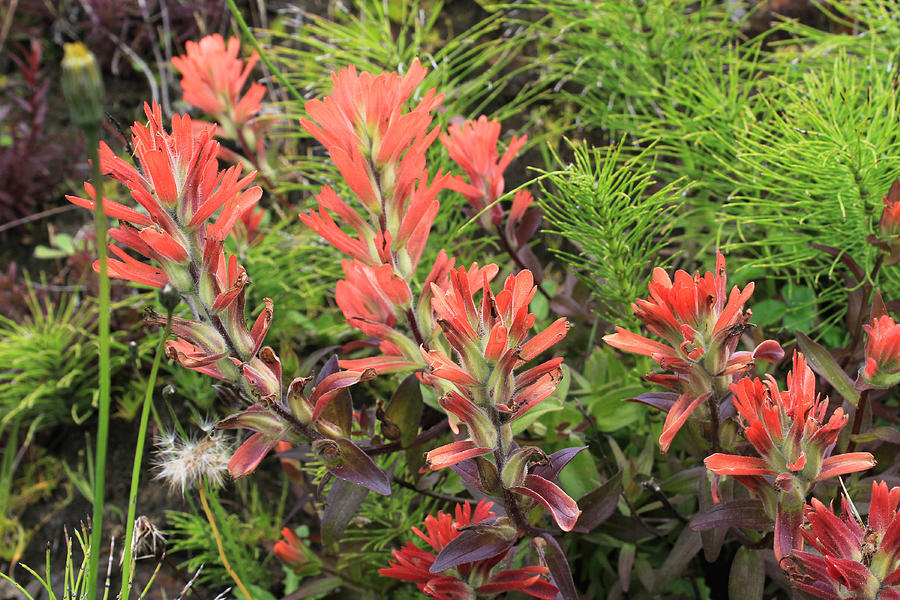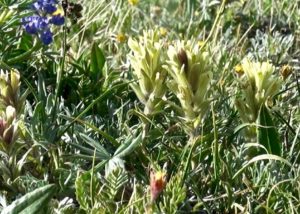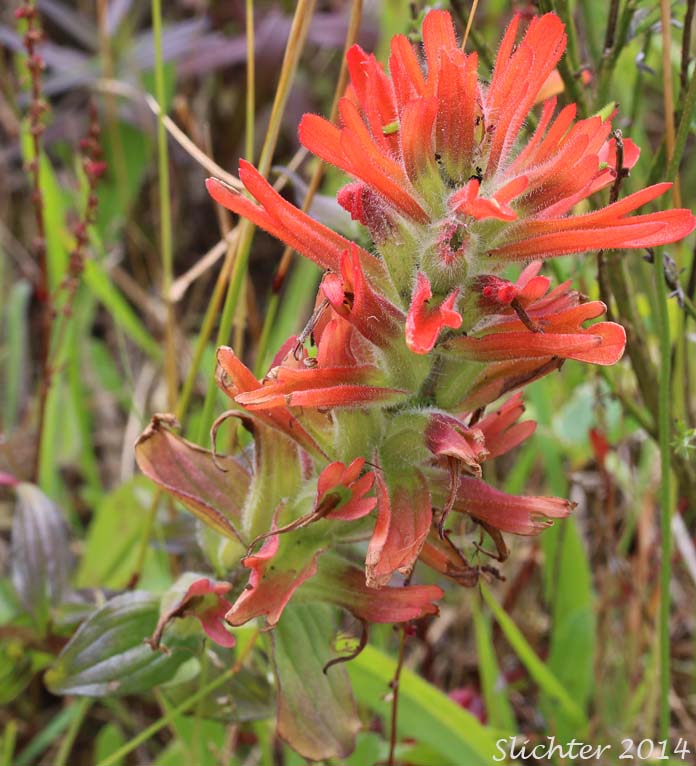
The new foliage on the semi-evergreen fern emerges red, turns green in summer, and then copper red in fall, and then plants reproduce by underground stems. The plants are ephemeral, so the fine-textured leaves can be gone by summer, but not always.ĭryopteris erythrosora ‘Prolifica’ (autumn fern) matures to a large 2 foot high and wide, and is refined, according to Ben VanderWerf at JRT Nurseries (Aldergrove, BC, Canada), with glossy foliage and a delicately dissected leaf. It grows 1–2 feet in sun and shade, with light pink blooms May through July, and will grow under rhododendron. “It has a large flower for a Castilleja that is pretty showy.” It blooms May to September, reaching 8–32 inches high.ĭicentra formosa (Western bleeding heart) is easy, for people who want natives, but don’t like ferns, according to Donna Giguere of Giguere Landscape Design (Portland, Oregon). Part of the decision to move it off the list will involve ensuring there are ongoing protections and monitoring so nothing undoes all the work to protect it, Read said.īecause most of the current populations are on public land, there is a good likelihood it will be approved, she said.Symphyotrichum chilense (formerly Aster chilensis Pacific aster)Ĭastilleja miniata (scarlet paintbrush) is different than other paintbrushes for its ability to thrive in wet-to-dry conditions and low-to-high elevations, according to Mike Ridling, co-owner at Sevenoaks Native Nursery LLC in Albany, Oregon. There will then be a public hearing, according to the U.S. Fish and Wildlife Service, and now there will be a comment period that ends Aug. A request for the removal was already filed by the U.S.


The next steps will be a formal rule-making process. “It’s really important to celebrate these successes when they come,” Read said. The golden paintbrush is a species that humans are mostly responsible for wiping out, Read said, but with a collective effort, it was saved. Some species can sit on the endangered species list for decades before any recovery plan is implemented, Read said. More than 99% of species protected under the endangered species act survive today, Greenwald said, but it takes years and multiple agencies working together to bring them back. Both plants are often found on the west side of the state. Two other plants in Washington, water howelia and Bradshaw’s lomatium, were delisted on June 16, Greenwald said. “When you protect a species, you’re also protecting every other species that depends on that habitat,” Read said. The butterfly is also native to the Willamette Valley in Oregon.

Now, the Fender’s blue butterfly may also be delisted on the endangered species list because of this effort. Protecting the golden paintbrush has also led to the protection of its habitat as a whole. Most of those exist on land owned by the state, the federal government or conservationists. “It’s been a continuous effort,” Read said.īecause of those efforts, there are now 48 total populations spread out among Washington, Oregon and British Columbia. Most of the plan involved reintroduction, especially in Oregon, where the species was replanted in areas where it was likely to thrive.
It was extinct in Oregon and was “in sore need of help,” Read said.ĭevelopment, fire suppression on its prairie habitat and agriculture all likely contributed to the flower’s endangerment, Read said.ĭuring the past 24 years, multiple state and federal agencies worked together on a recovery plan for the plant. “It’s decades of work to bring a species back from the edge of extinction,” said Quinn Read, the center’s Oregon policy director.īy the mid-1990s, Read said there were only 10 populations of the flower in Washington and British Columbia. More than 100 species have been delisted or downlisted for recovery since the Endangered Species Act went into effect in 1973, said Noah Greenwald, endangered species director at the Center for Biological Diversity. The yellow flower that resembles an artist’s brush is native to the Pacific Northwest, historically found from southwest British Columbia through Oregon’s Willamette Valley. Fish and Wildlife Service proposed late last month to remove the golden paintbrush from the endangered species list. OLYMPIA – A flower in Western Washington and Oregon may be removed from the nation’s endangered species list after decades of work to save it. By Laurel Demkovich / The Spokesman Review


 0 kommentar(er)
0 kommentar(er)
